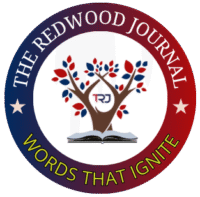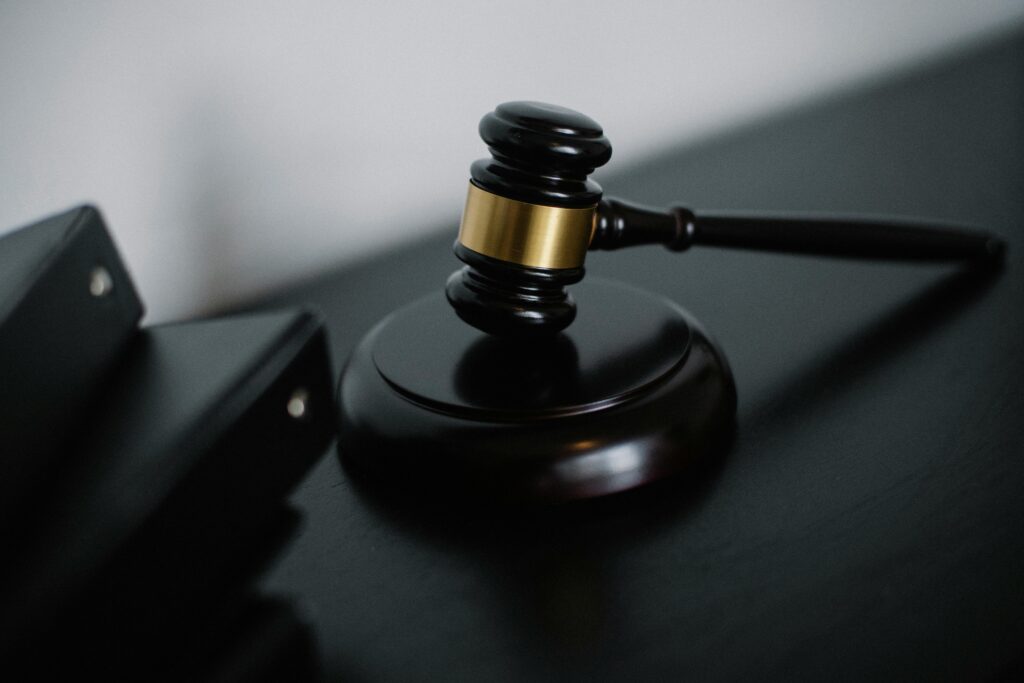THE REDWOOD JOURNAL
VOLUME:-1 ISSUE NO:- 1 , JULY 2, 2025
Website: www.theredwoodjournal.com
Email: theredwoodjournal@gmail.com
Authored by:- Sneha Singh
THE ROLE OF MEDIA IN MODERN WARFARE: SHAPING NARRATIVES, INFLUENCING PERCEPTIONS
Abstract
In the contemporary landscape of warfare, media has emerged as a pivotal force, shaping public perception, influencing political decisions, and even affecting the outcomes of conflicts. From traditional print and broadcast journalism to the instantaneous nature of social media, the dissemination of information during wartime has evolved dramatically. This article delves into the multifaceted role of media in modern warfare, exploring its capacity to inform, misinform, and transform the narratives surrounding conflicts. By examining historical precedents, such as the Vietnam War’s televised coverage, to current conflicts where real-time updates and citizen journalism prevail, we analyze how media serves both as a tool for transparency and a weapon of propaganda. The discussion extends to the ethical responsibilities of journalists, the challenges of reporting in conflict zones, and the impact of media on public opinion and policy-making. Through a comprehensive review of literature and case studies, this article aims to provide a nuanced understanding of media’s influential role in the theater of war.
Keywords:
Media, Warfare, Journalism, Propaganda, Public Perception, Conflict Reporting, Social Media, Ethics
PAGE NO 1
Introduction
The intersection of media and warfare has long been a subject of scrutiny and debate. Historically, the dissemination of information during conflicts has played a crucial role in shaping public opinion and influencing the course of wars. With the advent of mass communication tools, from the printing press to the internet, the reach and impact of war reporting have expanded exponentially. In the modern era, media not only reports on conflicts but also participates in them, often becoming a strategic asset or liability for warring parties.
The Vietnam War marked a significant turning point in war journalism, where uncensored and graphic coverage brought the brutal realities of combat into the living rooms of the public, leading to widespread anti-war sentiment (Britannica, n.d.). This phenomenon underscored the power of media to influence public perception and, by extension, policy decisions. In subsequent conflicts, such as the Gulf War, the concept of embedded journalism emerged, wherein reporters were attached to military units, providing controlled yet immediate coverage of military operations (Total Military Insight, 2023).The Insurance Universe+3The Insurance Universe+3The Insurance Universe+3
In the digital age, the role of media in warfare has become even more complex. Social media platforms enable real-time reporting and citizen journalism, allowing individuals to share firsthand accounts and images from conflict zones. While this democratization of information dissemination has its merits, it also poses challenges in verifying the authenticity of content and combating misinformation. Moreover, state and non-state actors alike have harnessed media as a tool for propaganda, aiming to control narratives and sway both domestic and international audiences.The Insurance Universe
This article seeks to explore the multifaceted role of media in modern warfare, examining its influence on public perception, its function as a tool for propaganda, and the ethical considerations inherent in conflict reporting. By analyzing historical and contemporary examples, we aim to provide a comprehensive understanding of how media shapes, and is shaped by, the dynamics of war.
PAGE NO 2
Media as a Tool for Information and Misinformation
In wartime, the media serves as a primary conduit of information for the public. Accurate reporting can inform citizens, foster transparency, and hold power to account. However, the same channels can be exploited to disseminate misinformation, manipulate narratives, and serve as instruments of propaganda.
During World War II, media outlets were often co-opted by state apparatuses to promote nationalistic agendas and suppress dissenting voices. The Associated Press’s operations in Nazi Germany, for instance, were scrutinized for their compliance with the regime’s propaganda efforts (AP News, 2023). In more recent times, the Syrian civil war has seen various factions utilizing media to propagate their perspectives, often leading to conflicting narratives and confusion among international audiences (Time, 2016).AP News
The rise of social media has further complicated the information landscape. Platforms like Twitter and Facebook allow for instantaneous sharing of content, but they also facilitate the rapid spread of unverified or false information. The challenge of distinguishing between credible reports and propaganda has become increasingly difficult, necessitating a more critical consumption of media by the public.
Influence on Public Perception and Policy
Media coverage of conflicts significantly influences public perception, which in turn can impact policy decisions. The Vietnam War is a prime example, where graphic television coverage contributed to growing anti-war sentiment and ultimately influenced U.S. withdrawal from the conflict (Britannica, n.d.).Encyclopedia Britannica
In the digital age, the “CNN effect” describes the phenomenon where real-time media coverage compels policymakers to respond swiftly to international crises, sometimes leading to hasty or ill-considered decisions. This effect underscores the power of media to not only inform but also to pressure governments into action, highlighting the need for responsible journalism that balances urgency with accuracy.The Insurance Universe
Ethical Considerations in War Reporting
Journalists covering conflicts face numerous ethical dilemmas. The imperative to report truthfully must be balanced against concerns for national security, the safety of sources, and the potential for causing harm. Embedded journalism, while providing access to frontline operations, raises questions about objectivity and the potential for becoming a mouthpiece for military narratives (Total Military Insight, 2023).The Insurance Universe+4The Insurance Universe+4The Insurance Universe+4
Moreover, the safety of journalists in conflict zones is a pressing concern. The Committee to Protect Journalists reports numerous instances of reporters being targeted, detained, or killed while covering wars. Ensuring the protection of journalists is essential for maintaining a free and independent press capable of holding power to account during times of conflict.
Conclusion
The role of media in modern warfare is multifaceted and profound. It serves as a vital source of information, a tool for propaganda, and a shaper of public perception and policy. As technology continues to evolve, the media’s influence on the dynamics of conflict will likely intensify. It is imperative for journalists to uphold ethical standards, for media consumers to critically evaluate information, and for policymakers to recognize the power of media narratives in shaping the course of wars. By fostering a media landscape that prioritizes
PAGE NO 3

